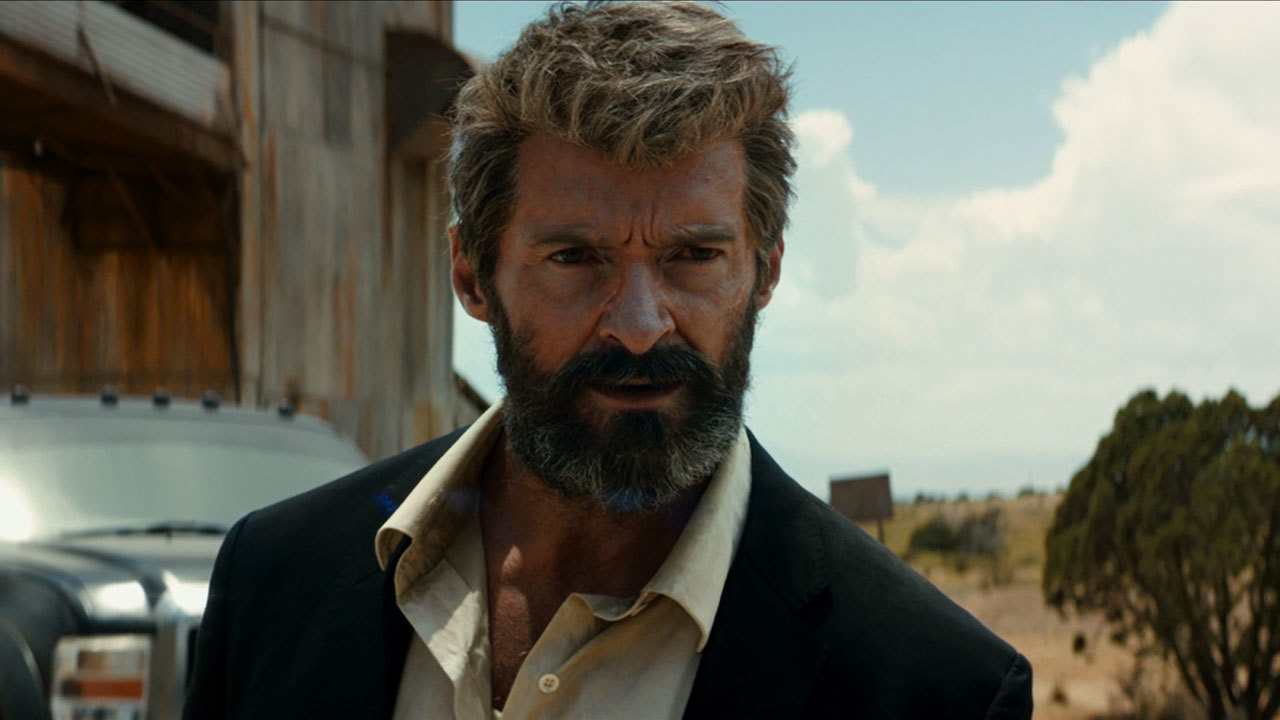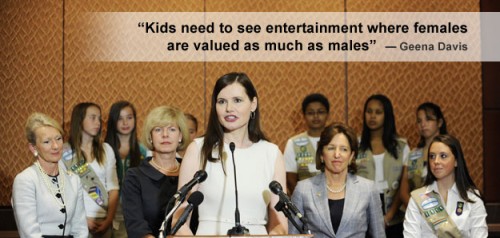Written by Andrea Morgan.
Have you ever cared for someone close to you as they were dying, slowly, from some dread disease? I have. It’s terrifying, and terrible. The anticipated grief, the pure sadness that comes with seeing someone you love torn down piece by piece, is often superseded by guilt. Caretaking is dirty, annoying work. By the hundredth time you’ve wiped someone else’s ass, you hate it, they hate it, and you know that they know that you hate it. You resent their illness, as if it was a punishment unjustly inflicted upon you as a result of their moral failings. But you know this isn’t true, so you feel guilty.
This is some real bleak shit.
Logan is a real film. In fact, it’s more real than any comic book superhero movie has business being. It opens with a semi-dystopian Southwestern scene filled with some rather graphic (and, admittedly, satisfying) violence, but then slides effortlessly into mutated human drama as the titular character (played by Hugh Jackman) heads south of the border to an appropriately-dusty abandoned power station. There, Logan, and another mutant, Caliban (Stephen Merchant), are caring for Charles Xavier (Patrick Stewart), aka Professor X, who is suffering from the effects of Alzheimer’s. Logan, ill himself and looking much more his 100-plus years than in the previous X-Men films, houses Xavier inside of a toppled water tower. It’s a gorgeous and suggestive set piece, both expansive and confining, rusted and full of tiny holes backlit by the desert sun.
Hugh Jackman is excellent, but here, and throughout the film, Patrick Stewart is transcendent. His depiction of illness is absolutely authentic, as is the filial love between Logan and Xavier established through subtle tones, looks, and physical displays of vulnerability and sacrifice. That love shines brightly though the bitterness and pain. I came to the film already knowing that Stewart is one of the greats, but his performance still wrecked me like I was unprepared. More than once, I wept. During a Marvel movie.
We learn that Logan is a participant in the gig economy, working as a limo driver ferrying a stream of evermore repugnant white people to earn money to acquire pharmaceuticals. These drugs are needed to counter some of the more extreme manifestations of Xavier’s illness. During this setup, Logan encounters the film’s primary baddie, Pierce (Boyd Holbrook), who channels his best Val-Kilmer-as-Doc-Holliday — and does a damn fine job of it. Logan also meets Gabriela (Elizabeth Rodriguez), who begs Logan to take her adolescent daughter, Laura (Dafne Keen), to a safe haven in North Dakota.
Of course, Laura is not just some random girl. Xavier clocks her immediately as a mutant, which is strange, because there aren’t any mutants anymore. They’ve been hunted down and killed as part of a government-sanctioned pogrom; no new mutants have been born in years. Logan reluctantly agrees to escort Laura, but Pierce and his crew of delicious hipster cyborg mercenaries (seriously, these guys use their blood money to buy craft IPAs and beard wax) have other ideas.
There is a fight, and Laura is outed as a Little Miss Badass. This trope, where a young girl, often a waif, displays combat skills incongruent with her small size and our culture’s gendered expectations, is not new. But Keen’s take on it is truly something to behold. Unlike similar characters, say Firefly’s River Tam (Summer Glau), who round out their episodic violence with adorableness and mercy, Laura is all hard, sharp, pointy bits. The ferocity that Keen brings to the role, coupled with John Mathieson’s unflinching camera work, James Mangold’s direction, and the story’s frequent violence, give the viewer plenty of opportunities to contemplate their discomfort at seeing an adolescent girl kill.
At times, Laura seems like a spiritual pair, or maybe predecessor, to Javier Bardem’s Anton Chigurh. The parallels don’t stop there. Cormac McCarthy’s pitiless fatalism, and the Coen Brother’s reverence for the American West shown in No Country for Old Men (2007), clearly influenced Logan’s story and feel.
While there are several women with speaking parts, Laura is the only female character to be given much of an arc. Two older women, both mothers, are murdered by the bad guys to help establish their evil bona fides, and to perpetuate the film’s nihilistic aesthetic.
While Logan is set in 2029, the film is very much planted in the present. Things that concern us today, like rapid technological advancement (think genetic engineering, militarized drones, and driverless vehicles), and issues that consume us today, like authoritarianism, bigotry, and immigration policy, are checked. In fact, both the southern and northern borders figure largely in the story. Logan traverses a checkpoint, ominously crowded with armed Border Patrol agents, in his daily travels into Texas. Gabriela and Laura make the long journey from Mexico City to El Paso, with Gabriela receiving a painful wound while crossing the Wall. Later, Logan, Laura, and Xavier, an unconventional family to say the least, set off on a quest for a place literally called “Eden,” from where Laura and a group of young mutants of color will try to cross into Canada to escape persecution by the U.S. Government.
You are right to expect that Laura and company don’t have an uneventful road trip. People, good and bad, die, and often. As we watch the story unfold its familiar form against the backdrop of rural America, we are forced to face our own fears of regret, death, and of a future filled with cold tech and colder government.
Logan is a beautifully crafted film. If you still think that comic books and their offspring are incapable of being high art, I urge you to give it a chance.
Andrea Morgan is a Baltimorean currently living in Denver. A Bitch Flicks staff writer, they write about film and television. Andrea is a queer person of color, and their perspective stems from a life spent on the boundaries of race, class, and gender. Andrea’s writing has also appeared on The Bilerico Project and The Rainbow Hub.










